

CW abuse
There was a pretty bad case in my high school, happened to a friend of a friend. She broke up with a guy who had anger issues and was just generally crappy. Rich dude, extremely spoiled and wasn’t used to being told no. He stalked her and would harass her by rolling up to her house at any time of the day, he’d scream at her in school, etc. The year after they broke up she had to get the school to place him in a separate group for her safety. But the guy had a family connection to the school administration (private school) and he managed to get that measure overturned and had one more year to harass her.
Toward the end of that year he got into a huge fight with her in the women’s bathroom. Gave her a black eye and broke a stall. He still was not expelled. My school had expelled two boys for getting into a brief fight the year prior, but this human garbage beating his ex in the lady’s room and breaking a stall got him a slap on the wrist. Extremely rotten school.
I think she did eventually get a restraining order on him around the time she went to uni, they went to the same local uni so she was still in a bit of a bad situation.
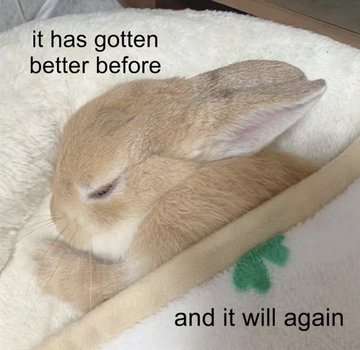



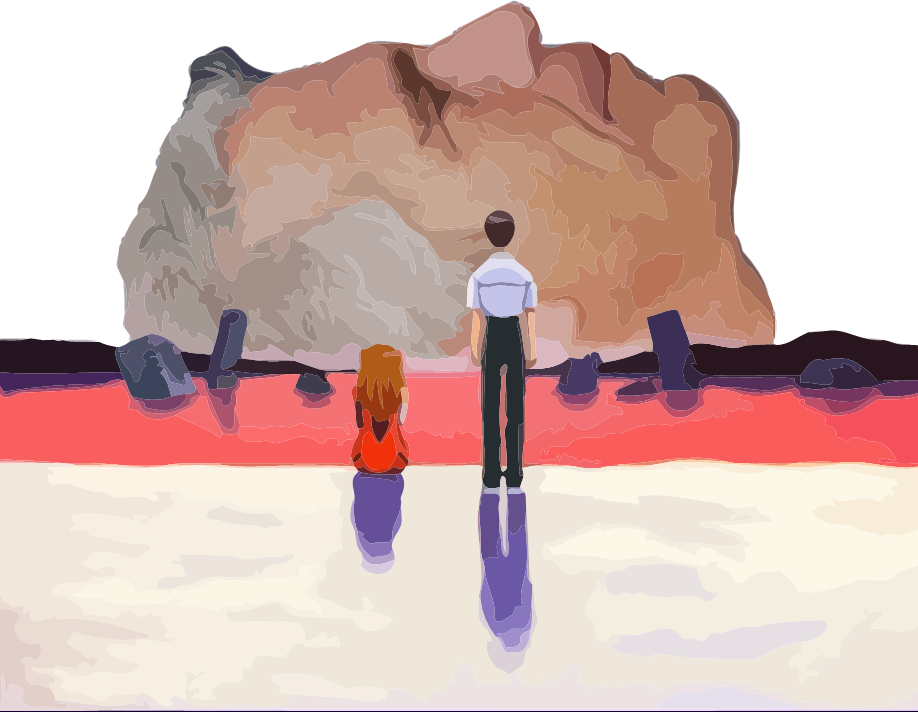


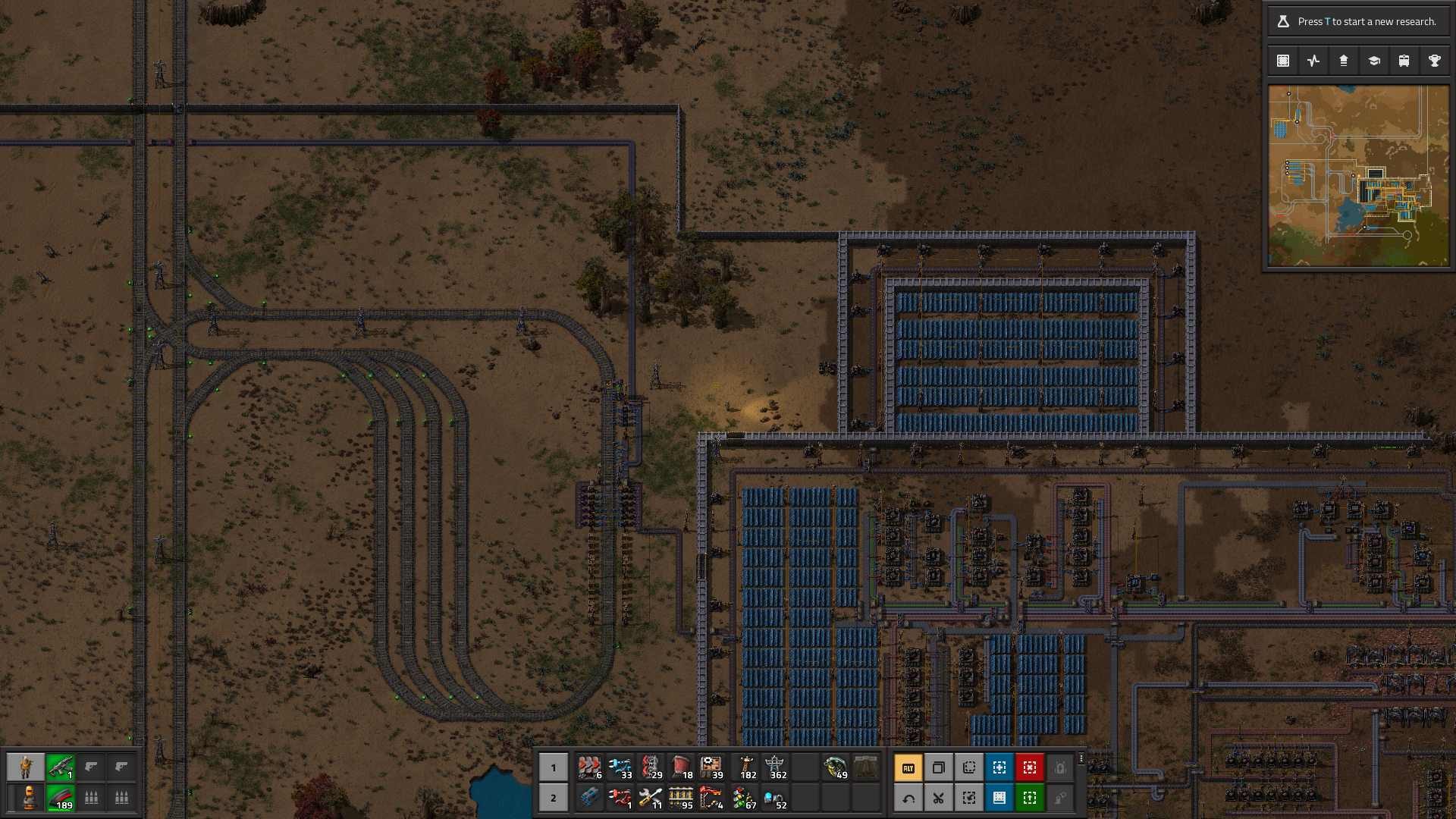

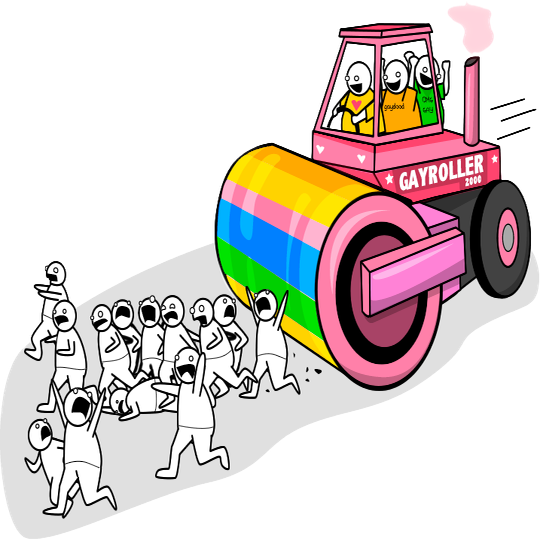











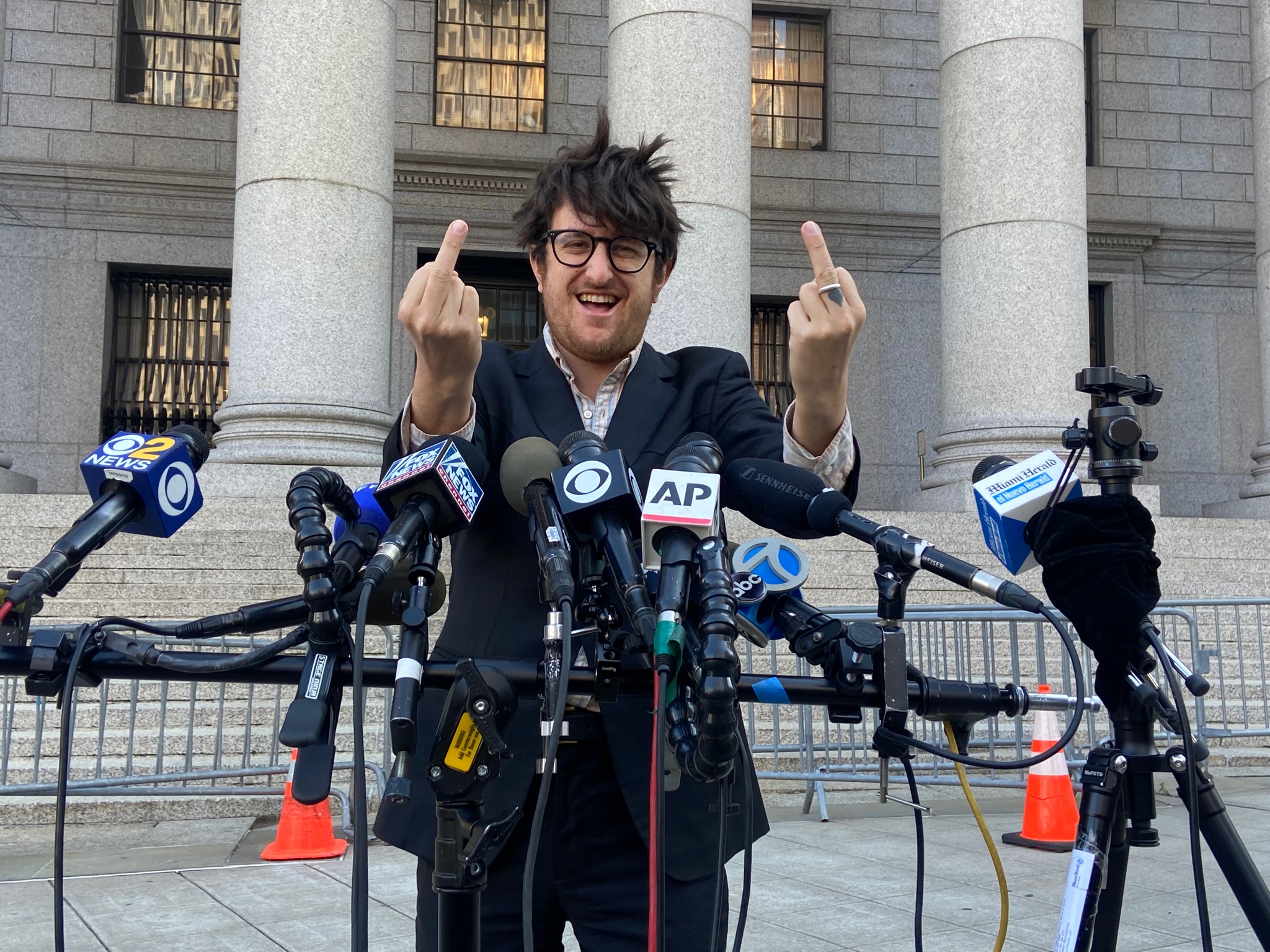
It really is. I also am friends with someone whose aunt was murdered by an ex, which was absolutely horrifying and traumatic. It’s not a good place for women honestly.